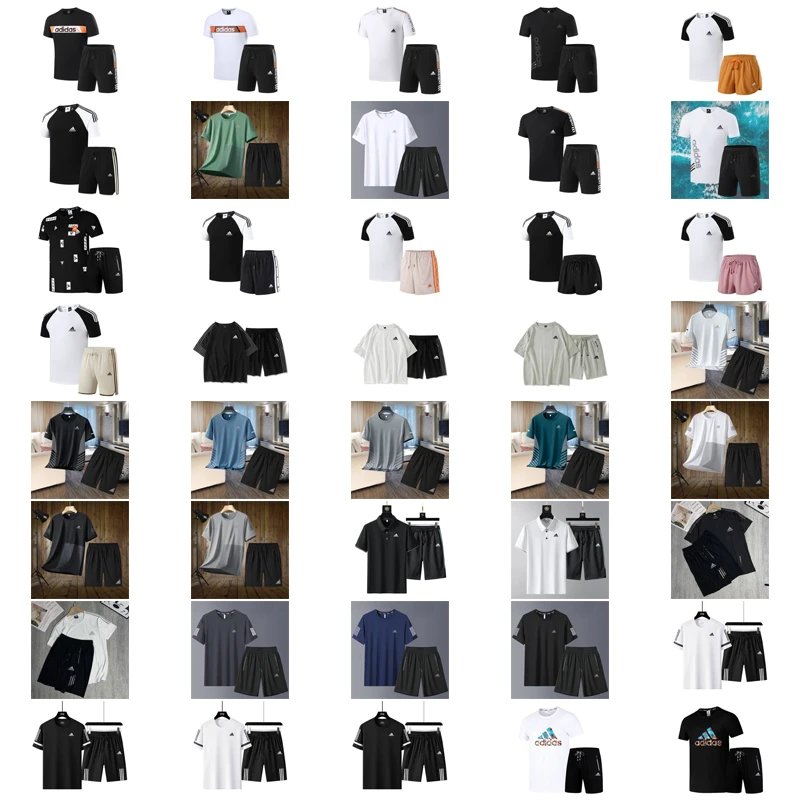GTBuy: How to Generate Monthly Reports with the GTBuy Spreadsheet
Effective financial tracking is essential for any purchasing department, and the GTBuy spreadsheet provides a powerful framework for monitoring expenses, refunds, and delivery performance. By leveraging built-in formulas and filtering tools, teams can transform raw transaction data into actionable insights. This guide walks you through the process of generating comprehensive monthly reports for clearer financial oversight.
1. Structuring Your Monthly Spending Data
The foundation of an accurate monthly report begins with well-organized transaction data:
- Transaction Date:
- Vendor Name:
- Purchase Amount:
- Category:
- Payment Status:
- Vendor Name:
2. Calculating Total Monthly Spending
The SUMIF and SUMIFS formulas allow you to calculate spending for specific time periods and categories:
=SUMIFS(Amount_Column, Date_Column, ">="&Start_Date, Date_Column, "<="&End_Date)
To create a category-wise breakdown:
=SUMIFS(Amount_Column, Category_Column, "Office Supplies", Date_Column, ">="&Start_Date, Date_Column, "<="&End_Date)
These formulas automatically update as new transactions are added, ensuring real-time spending visibility.
3. Tracking and Analyzing Refund Data
Create a dedicated section for refunds to monitor financial corrections:
- Use a "Refund Status" column with values like: Requested, Processed, Denied
- Filter by "Refunded" status to isolate these transactions
- Calculate total refund amount using:
=SUMIF(Status_Column, "Refunded", Amount_Column)
Add conditional formatting to highlight refunded amounts in red for quick identification.
4. Evaluating Delivery Efficiency
Monitor delivery performance by including these key metrics:
- Order Date:
- Expected Delivery:
- Actual Delivery:
- Delivery Status:
- Expected Delivery:
Calculate delivery efficiency rate:
=(COUNTIF(Status_Column, "On Time")/COUNTA(Status_Column))*100
5. Creating the Monthly Summary Dashboard
Consolidate key metrics in a separate "Monthly Report" tab:
| Metric | Formula |
|---|---|
| Total Monthly Spending | =SUMIFS(Amount_Column, Date_Column, Criteria) |
| Total Refunds | =SUMIF(Status_Column, "Refunded", Amount_Column) |
| Net Spending | =Total_Spending - Total_Refunds |
| Delivery Efficiency Rate | =(On_Time_Deliveries/Total_Deliveries)*100 |
| Top Spending Category | =INDEX(Category_Range, MATCH(MAX(Category_Totals), Category_Totals, 0)) |
6. Applying Filters for Deeper Analysis
Excel's filter functionality enables customized views of your data:
- Apply date filters to focus on specific weeks or days within the month
- Filter by vendor to analyze supplier-specific spending patterns
- Use category filters to monitor department-wise budget utilization
- Combine multiple filters for targeted analysis of high-value transactions
Conclusion
Implementing these spreadsheet techniques transforms the GTBuy transaction log from a simple record-keeping tool into a dynamic financial reporting system. The automated calculations eliminate manual errors while providing immediate visibility into spending patterns, refund impacts, and delivery performance. Consistently applying these methods will strengthen financial oversight, support data-driven decision making, and enhance budget management across your organization.



















